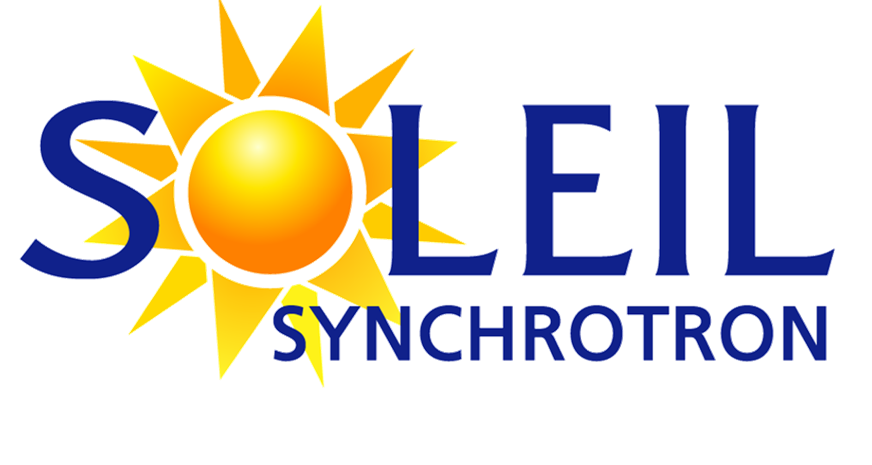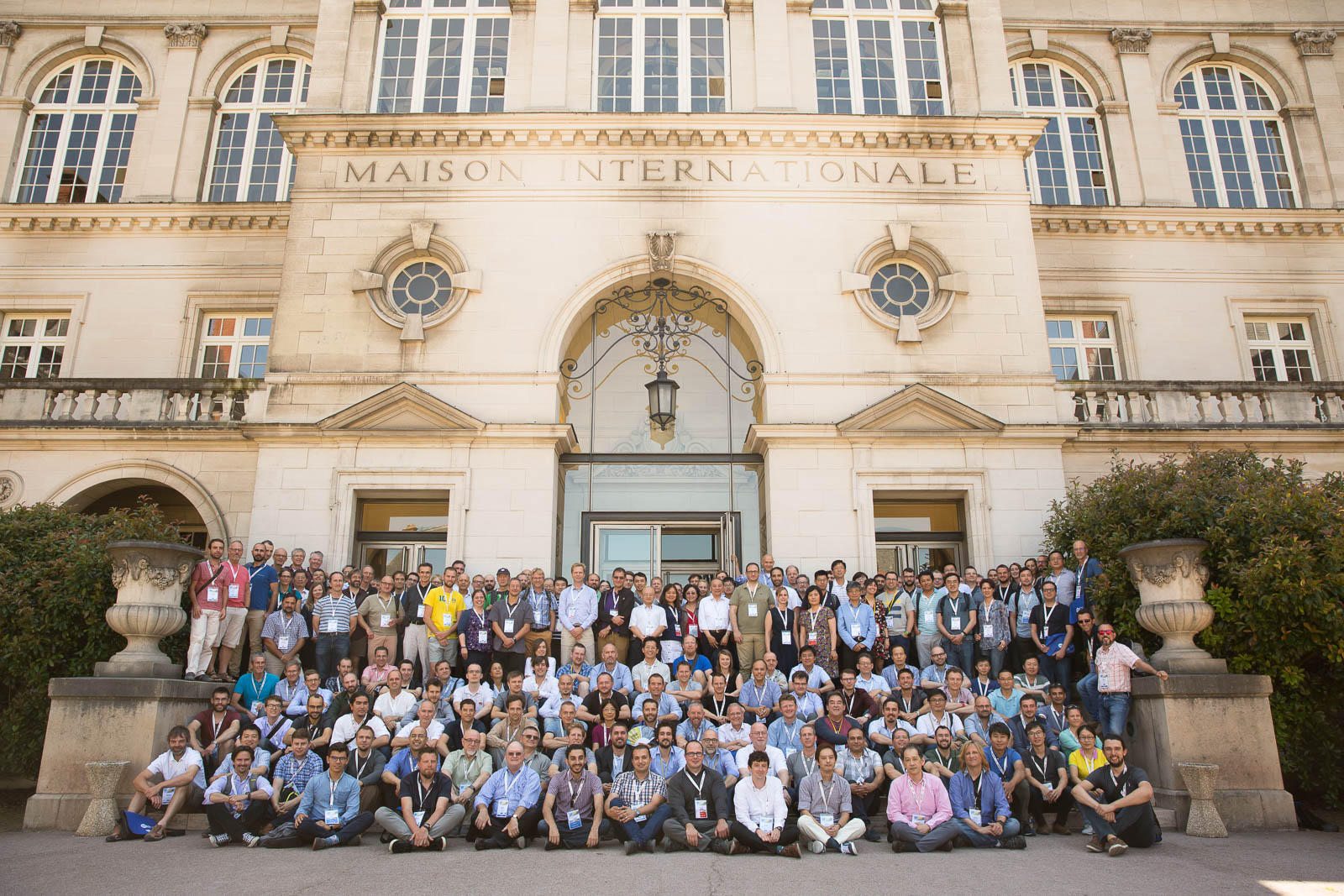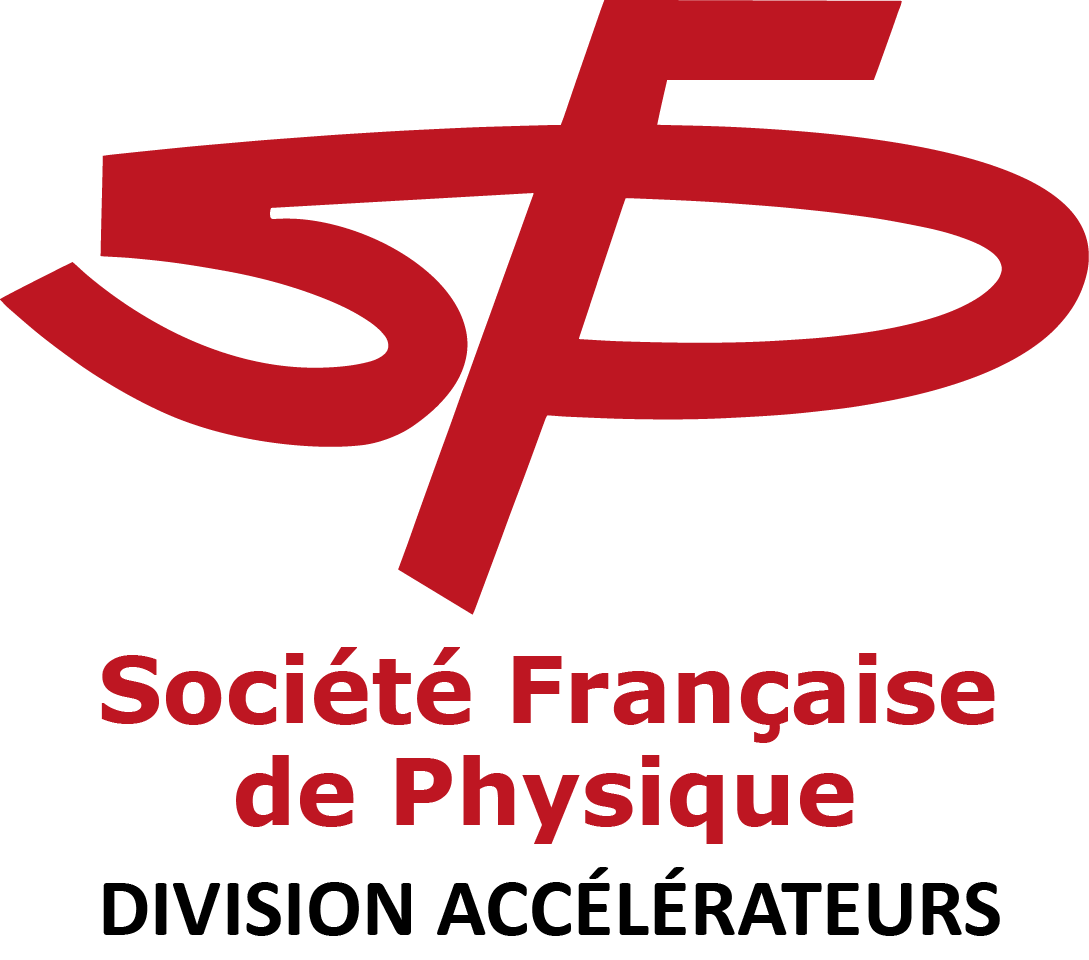MEDSI 2018
→
Europe/Paris
Venue
Venue
CITÉ INTERNATIONALE UNIVERSITAIRE
17 Boulevard Jourdan
75014 Paris
Description
 |
 |
The Synchrotron SOLEIL was proud to welcome you to the 10th edition of the Mechanical Engineering Design of Synchrotron Radiation Equipment and Instrumentation (MEDSI) conference from 25 to 29 June 2018.
We are honored to announce the publication of the official MEDSI 2018 proceedings: MEDSI’18 Proceedings
The Photo gallery of the conference is also published HERE. In the case that you prefer not to have some of the photos published, please inform us as soon as possible.
Keihan TAVAKOLI, Synchrotron SOLEIL, Chairman of the Local Organizing Committee
James Kay, Diamond Light Source, Chairman of the International Organizing Committee

